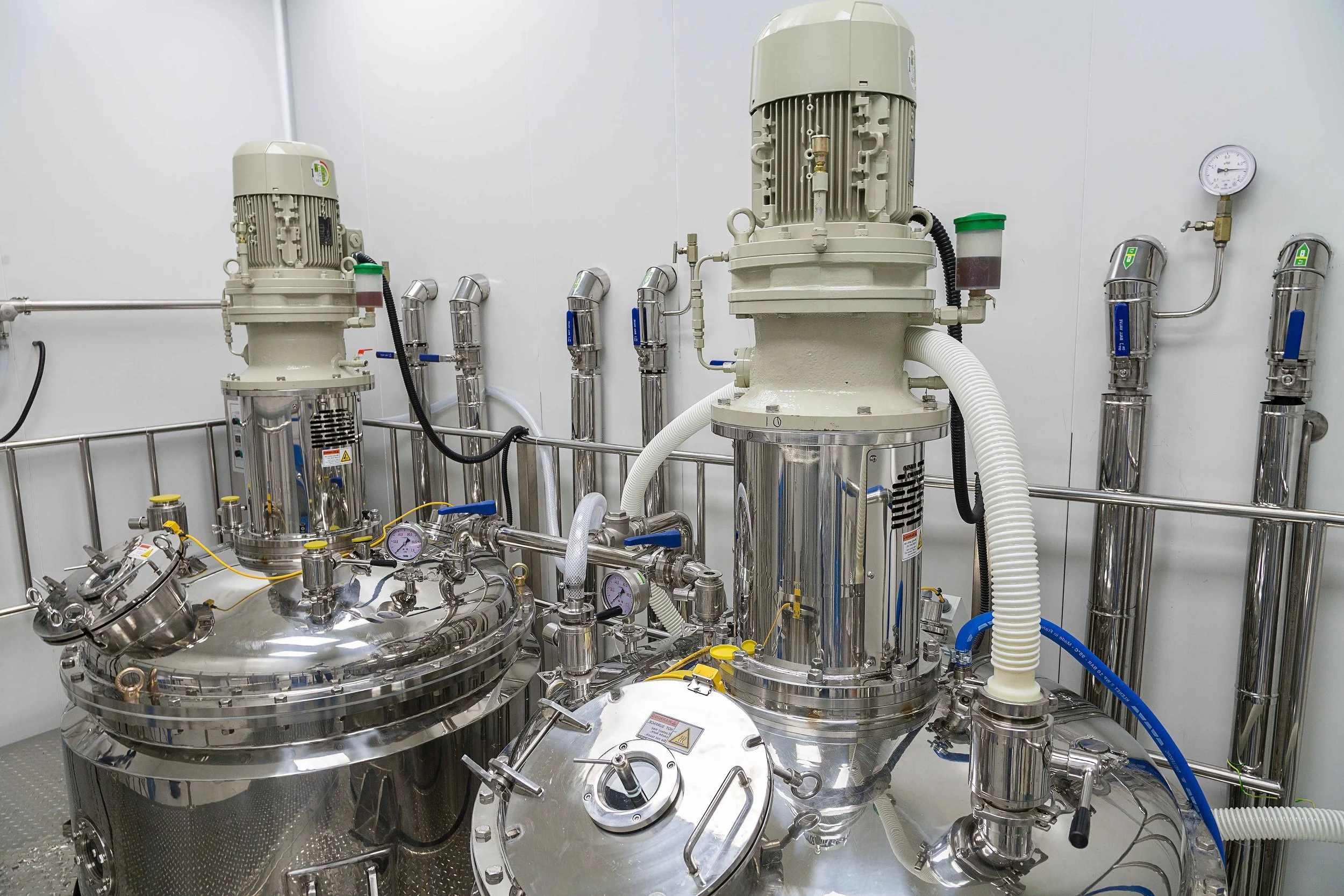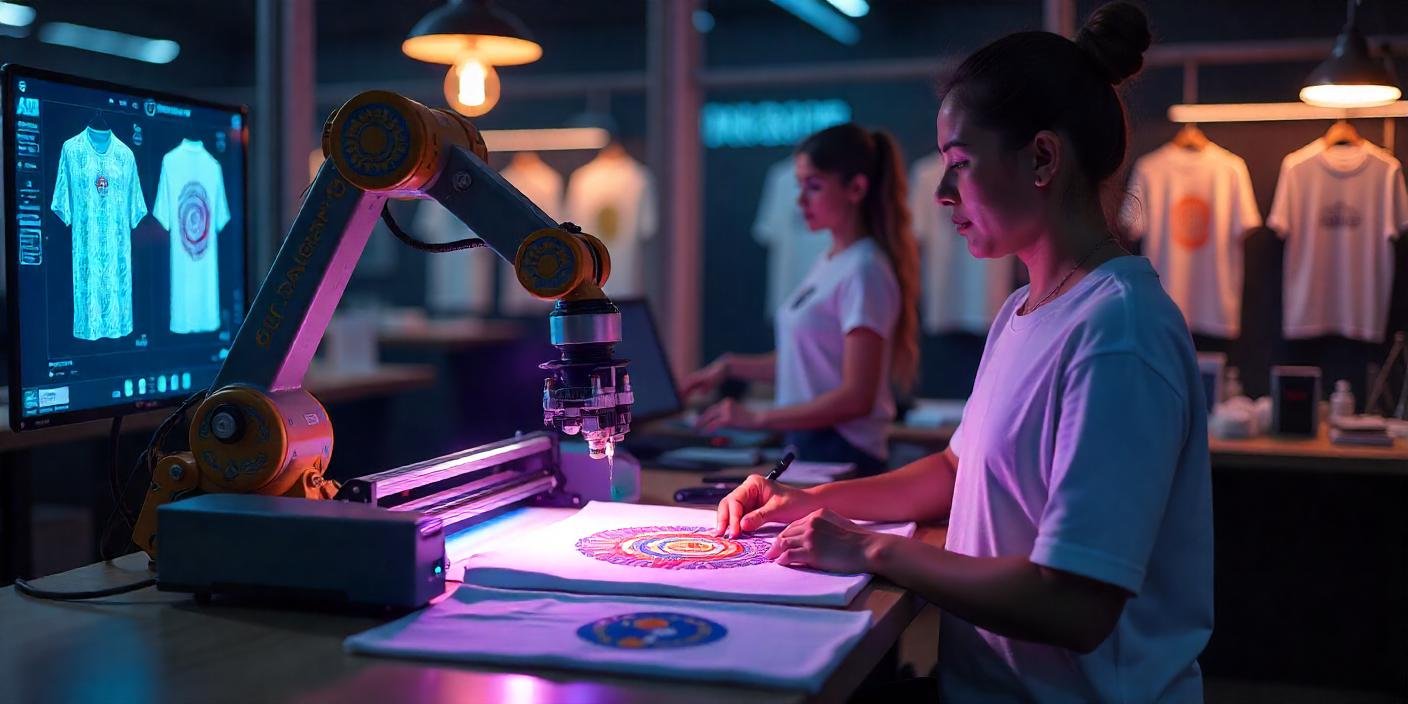Comparing Bag-On-Valve Technology with Conventional Aerosol Systems
The global Bag-On-Valve (BOV) market has seen significant growth, with the market size valued at USD 9.35 billion in 2023. This robust expansion is projected to continue, reaching approximately USD 18.9 billion by 2031, with a compound annual growth rate (CAGR) of 6.92% during the forecast period from 2024 to 2031 【source】. This remarkable growth reflects the increasing adoption of BOV technology across various industries due to its advanced features and benefits.
In light of this growth, it is essential to understand how Bag-On-Valve technology compares with conventional aerosol systems. This article delves into the key differences between these technologies, focusing on aspects such as sealing efficiency, product purity, atomization quality, convenience, and overall performance. By examining these factors, we aim to provide a comprehensive comparison that highlights the advantages of Bag-On-Valve systems and their impact on various applications.
Sealing Efficiency and Overall Tightness of Aerosol Packaging Systems
Conventional aerosol systems often encounter issues with sealing efficiency. In these systems, the product is directly exposed to the propellant, which can lead to poor sealing and potential contamination. Without a protective barrier, the integrity of the product might be compromised. In contrast, Bag-On-Valve systems feature a sealed bag within the canister, separating the product from the propellant. This separation enhances the overall tightness and prevents leakage, thereby preserving the product’s quality and effectiveness.
Maintaining Product Purity: The Impact of Propellant-Ingredient Interaction
Traditional aerosol systems mix the propellants with the product, which can affect the purity of sensitive ingredients. The interaction between the propellant and product can lead to degradation or alteration of the product’s composition. Bag-On-Valve systems address this issue by keeping the product and propellant separate. The product is stored in a multi-layer laminated pouch, while the propellant is contained in the canister. This design helps maintain the purity and stability of the product, especially for formulations that are sensitive to environmental factors.
Atomization Quality: Comparing Precision in Dispensing
A common problem with conventional aerosol systems is inconsistent atomization. The interaction between the product and the propellant can result in uneven or suboptimal atomization, affecting the product’s performance. Bag-On-Valve technology offers improved atomization by delivering a fine and consistent mist. The BOV system is designed to ensure precise and uniform atomization, enhancing the application process and overall effectiveness of the product.
Convenience of Use: Avoiding Common Issues with Traditional Aerosol Systems
Traditional aerosol systems can be less convenient due to the need for shaking before use and multiple presses of the actuator. Additionally, sediment build-up can complicate the dispensing process. Bag-On-Valve systems offer a more user-friendly experience by eliminating the need for shaking and providing consistent, reliable dispensing. The technology ensures that the product is delivered efficiently without requiring extensive handling, making it more convenient for users.
Operational Flexibility: Dispensing at Various Angles
One significant limitation of conventional aerosol systems is their restricted usage angle. These systems typically cannot be used effectively when held upside down, which can be inconvenient for certain applications. Bag-On-Valve systems, however, are designed to work effectively regardless of the can’s orientation. This flexibility allows users to apply the product from any angle, including upside down, making the BOV system more versatile and practical for a variety of applications.
Efficient Utilization and Minimizing Residue: Addressing Waste Concerns
Conventional aerosol systems often leave behind residue and waste, as the mixture of product and propellant can result in leftover product that is difficult to use completely. Bag-On-Valve technology helps address this issue by minimizing residue and waste. The BOV system ensures that almost all of the product is dispensed, leaving very little behind. This efficient utilization reduces waste and maximizes the value of the product, making it a more economical choice.
Jet Sound and User Experience: Reducing Noise During Dispensing
The hissing sound produced by conventional aerosol systems can be disruptive and unpleasant for users. This noise results from the release of the propellant from the canister. Bag-On-Valve systems are designed to operate more quietly, minimizing the noise during dispensing. This feature enhances the overall user experience by providing a quieter and more pleasant application process.
Environmental and Safety Considerations: Propellant Impact and Sustainability
Traditional aerosol systems often use hydrocarbon propellants, which are flammable and pose environmental and safety risks. The discharge of these propellants contributes to pollution and can be hazardous. In contrast, Bag-On-Valve systems use air or nitrogen as propellants, which are non-flammable and more environmentally friendly. This makes BOV systems a safer and more sustainable option, addressing environmental concerns and improving overall safety.
Propellant Types and Environmental Impact: Comparing Sustainability
The propellants used in conventional aerosol systems are typically hydrocarbons, which have a higher environmental impact due to their flammability and contribution to air pollution. Bag-On-Valve systems utilize air or nitrogen, which are clean and have a lower environmental footprint. This difference in propellant types highlights the sustainability advantages of BOV technology, making it a more eco-friendly choice for aerosol packaging.
Cost Considerations and Economic Factors: Evaluating Price and Value
Conventional aerosol systems are generally more cost-effective due to their simpler design and the use of less expensive propellants. This lower cost is often reflected in the retail price of products. Bag-On-Valve systems, while more expensive to produce, offer significant benefits in terms of product preservation and user experience. The higher initial cost of BOV systems is offset by their enhanced performance and efficiency, making them a valuable investment for many applications.
Filling Process and Efficiency: Comparing Production Methods
Traditional aerosol systems involve filling the canister with the product first and then adding the propellants. This process can lead to complications if the propellant interacts with the product. Bag-On-Valve systems streamline the filling process by keeping the product and propellant separate. The product is contained in a sealed bag, and the propellant is added separately, which simplifies production and maintains the integrity of the product.
Conclusion
This article delves into Bag on Valve (BOV) systems, focusing on our role as a premier BOV manufacturer. We provide a wide range of empty BOV containers, with sizes including 30ml, 50ml, 80ml, 100ml, 150ml, 180ml, 300ml, and 500ml. Our offerings also include complete aluminum can and actuator sets. For those requiring filling services, we offer OEM solutions and can utilize our existing formulations or create custom ones to meet your specific needs.
Our manufacturing process is streamlined through an advanced Automatic Production Line, which ensures both efficiency and consistency. To uphold the highest quality standards, we conduct a thorough 24-hour BOV leak test, adhering to FDA and LFGB regulations. Our products are crafted in a GMP-certified workshop, guaranteeing a safe and clean production environment. With 20 years of expertise in BOV production and a 30-day delivery period, we encourage you to reach out for more information about our Bag on Valve packaging solutions.






